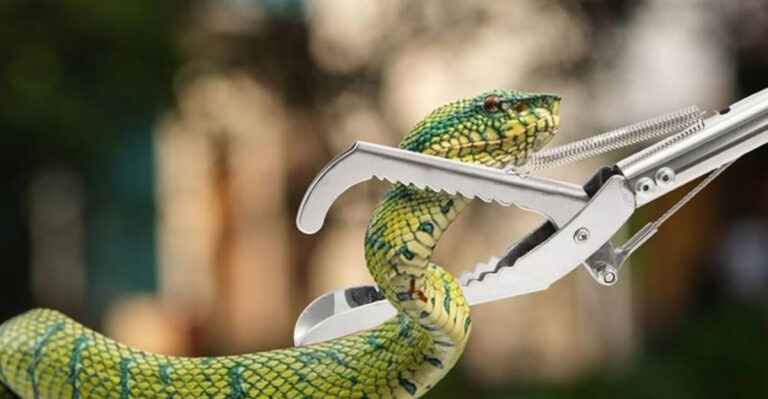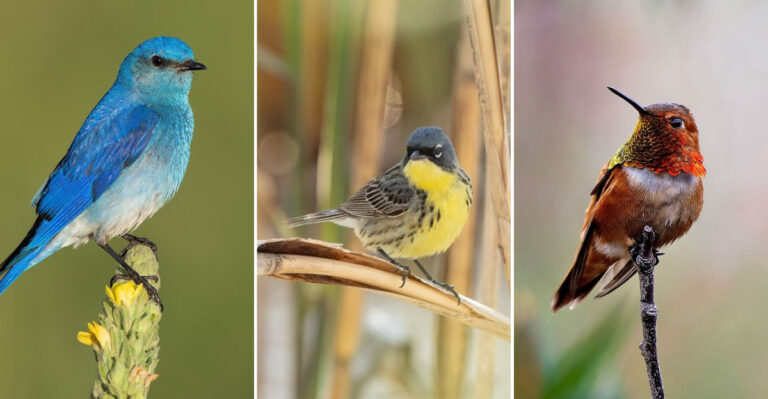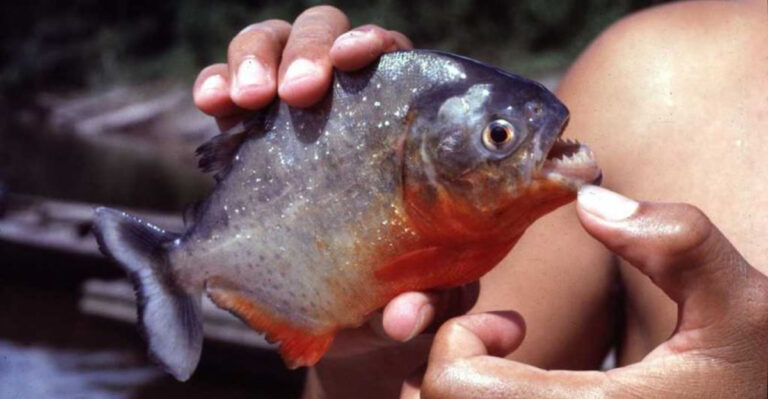16 Endangered Mexican Wildlife Species That Desperately Need Protection
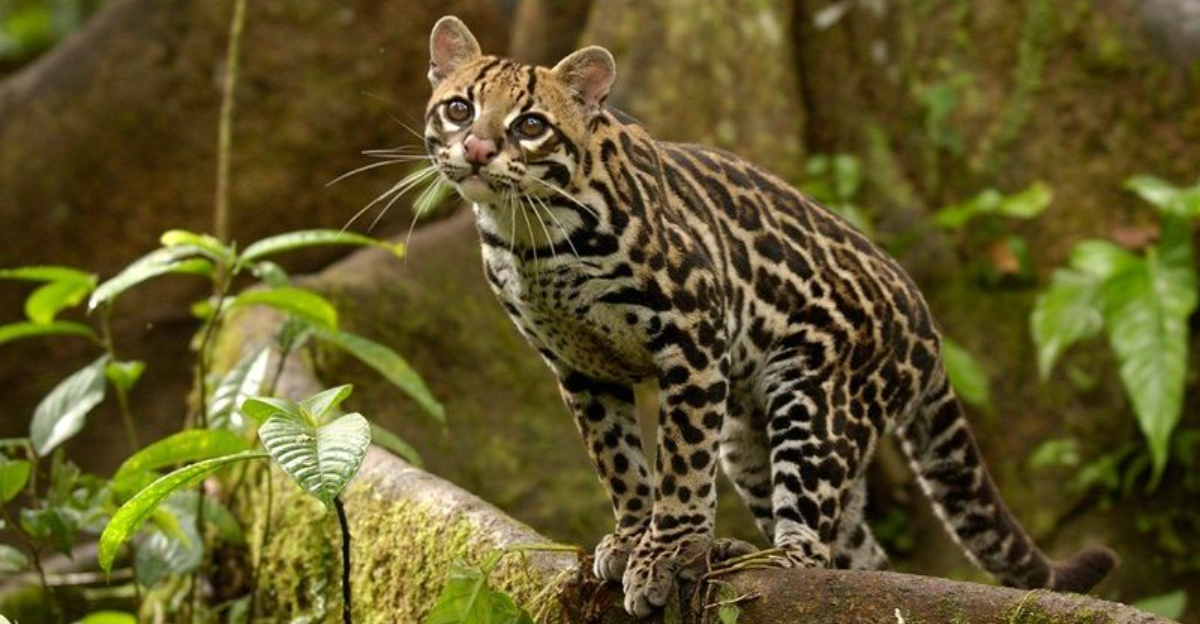
Mexico’s rich biodiversity is under threat. From the depths of the ocean to the heights of mountain forests, creatures that have called this land home for millennia face unprecedented challenges.
Climate change, habitat destruction, and illegal trafficking have pushed these amazing animals to the brink of extinction.
1. Mexican Gray Wolves
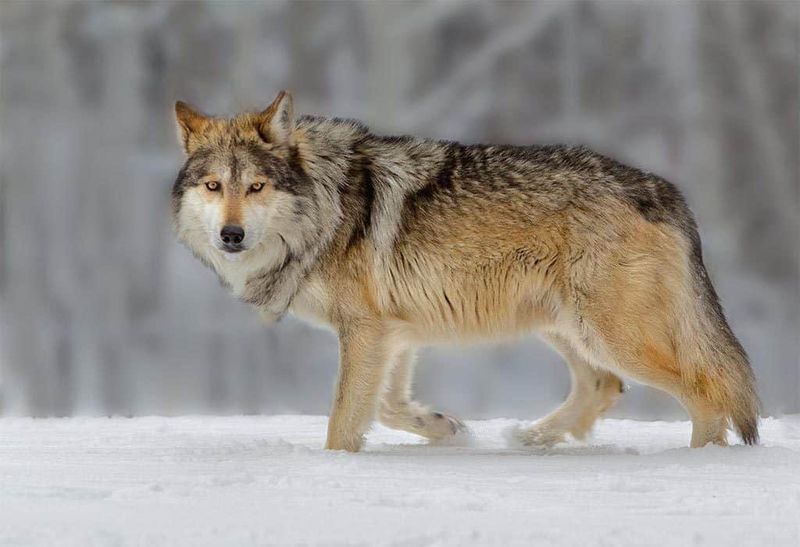
Once the rulers of North American wilderness, fewer than 200 of these silver-coated predators remain in the wild. Their howls, once common across Mexican mountains, grow fainter each year.
These social canines maintain complex pack structures and play a crucial role in controlling deer and javelina populations.
2. Vaquita Porpoises

Imagine a dolphin small enough to cradle in your arms – that’s the vaquita. With distinctive dark eye patches and lips curved in a permanent smile, these Gulf of California natives are the world’s most endangered marine mammals.
Fewer than 10 individuals remain, primarily threatened by illegal fishing nets.
3. Baird’s Tapirs
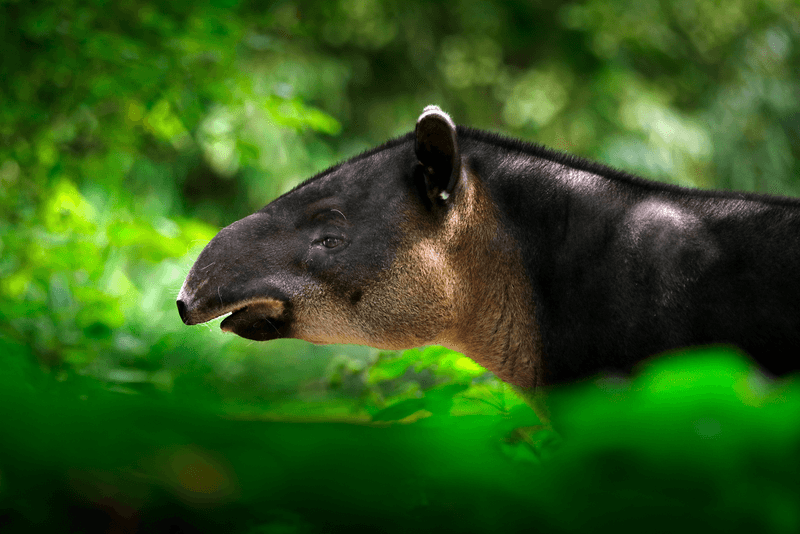
With a snout resembling a miniature elephant trunk, these forest wanderers seem like creatures from another time. Their midnight-black bodies and cream-colored backs make them appear half-dipped in moonlight.
Deforestation has fragmented their rainforest homes, leaving fewer than 5,000 individuals scattered across southern Mexico.
4. Scarlet Macaws
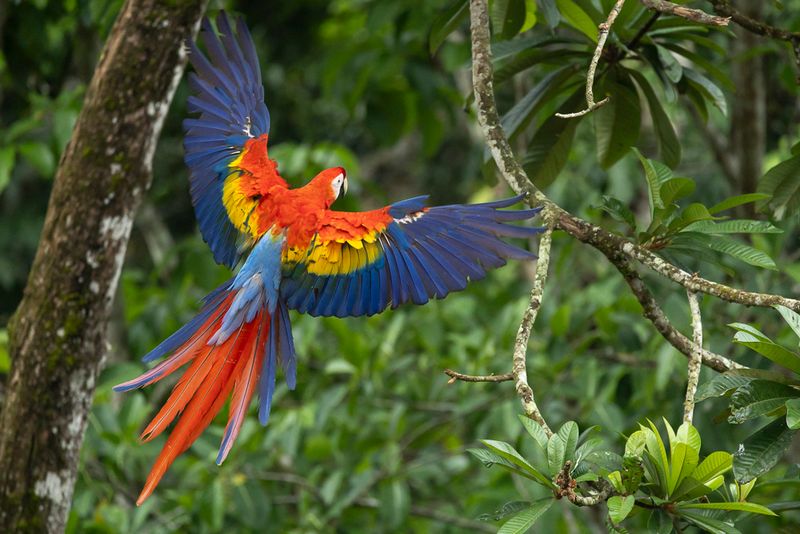
Flying rainbows whose brilliant crimson feathers flash like fire through the forest canopy. Indigenous cultures revered them as messengers between worlds, their presence considered sacred.
Poaching for the illegal pet trade has decimated wild populations, with fewer than 2,000 remaining in Mexico’s southern jungles.
5. Mexican Prairie Dogs
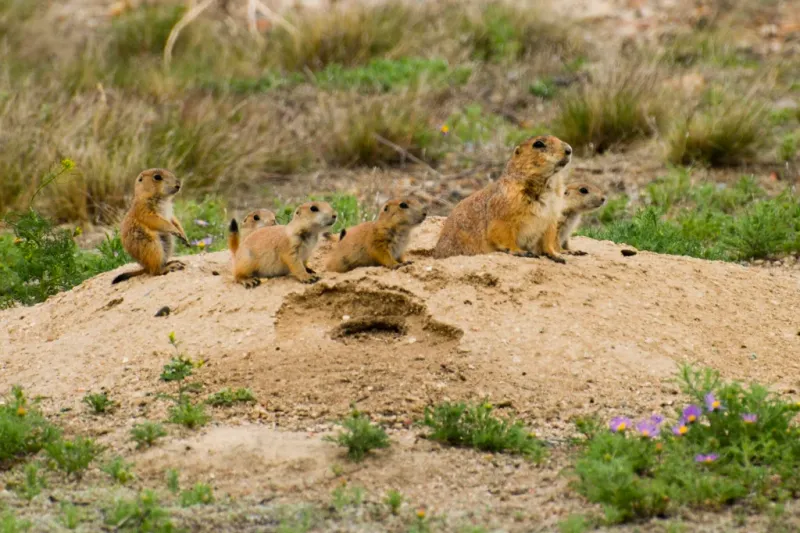
These social engineers create underground cities with nurseries, sleeping chambers, and even toilets! Their sophisticated alarm calls can distinguish between aerial and ground predators, warning the colony of specific threats.
Agricultural expansion has claimed 98% of their habitat, leaving these chattering architects fighting for survival in isolated patches.
6. Hawksbill Sea Turtles
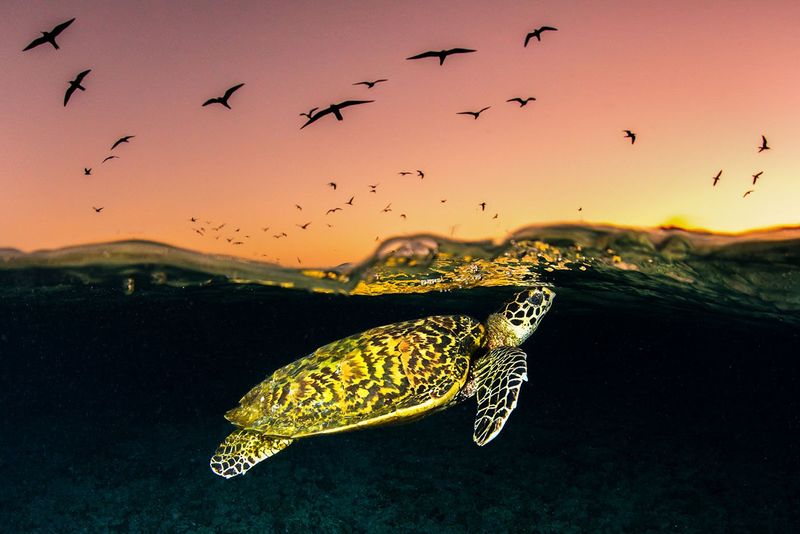
Their shells tell stories of ancient oceans – beautiful amber plates overlapping like shingles on a roof. Named for their distinctive beaks, these marine navigators return to Mexican beaches where they hatched decades earlier.
Hunted for their decorative shells and threatened by coastal development, their nesting populations have declined by over 80%.
7. Jaguars
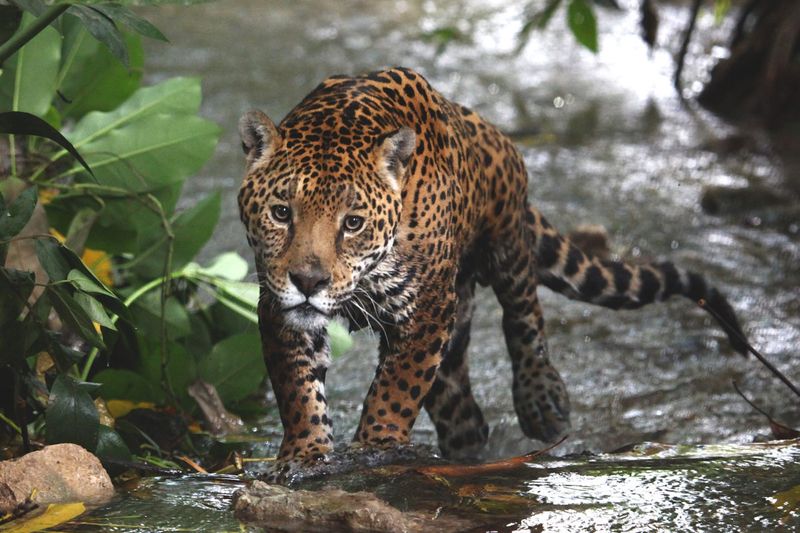
Gold-spotted phantoms that move like liquid through Mexico’s jungles. Ancient Mayans believed jaguars could cross between worlds, their rosettes symbolizing stars in the night sky.
Fewer than 4,000 remain across their entire range, with Mexican populations clinging to existence in fragmented habitats. Their powerful jaws can pierce turtle shells and crocodile skulls!
8. Monarch Butterflies
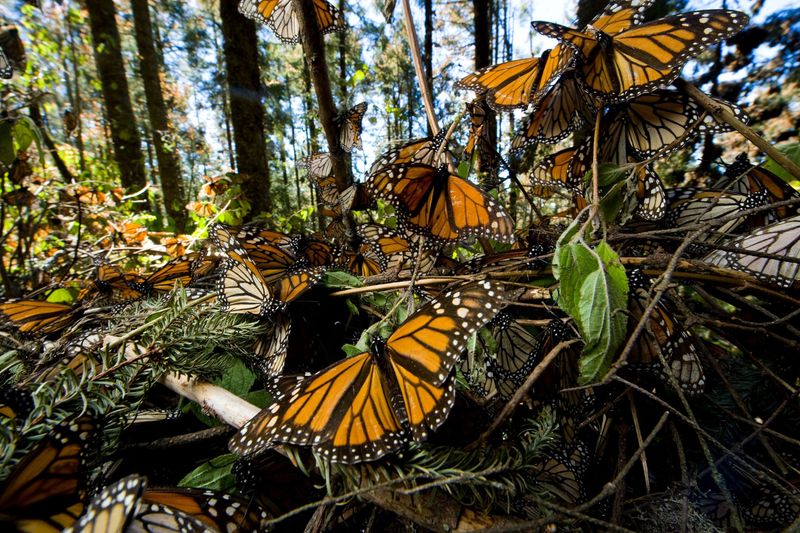
Weighing less than a paperclip, these orange-winged travelers navigate 3,000 miles to reach their Mexican winter sanctuaries. They’re the only butterflies making a two-way migration like birds!
Climate change disrupts their internal compass, while logging threatens their mountain forest havens. Once numbering billions, their population has plummeted by 80%.
9. Ocelots
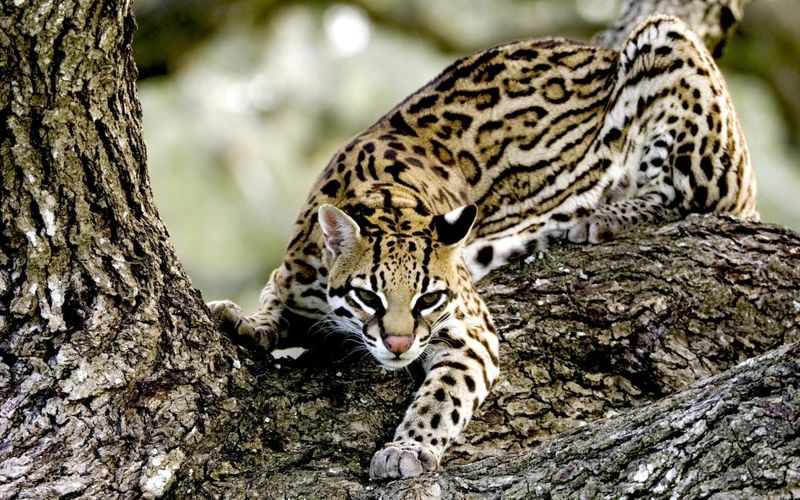
Smaller than leopards but twice as elusive, these spotted cats vanish like morning mist in Mexico’s forests. Their gold-and-black coats create perfect camouflage among dappled shadows.
Master climbers and swimmers, ocelots hunt everything from tree frogs to iguanas. Fewer than 80 individuals remain in the US-Mexico borderlands, isolated by highways and fences.
10. Black-Footed Jackrabbits
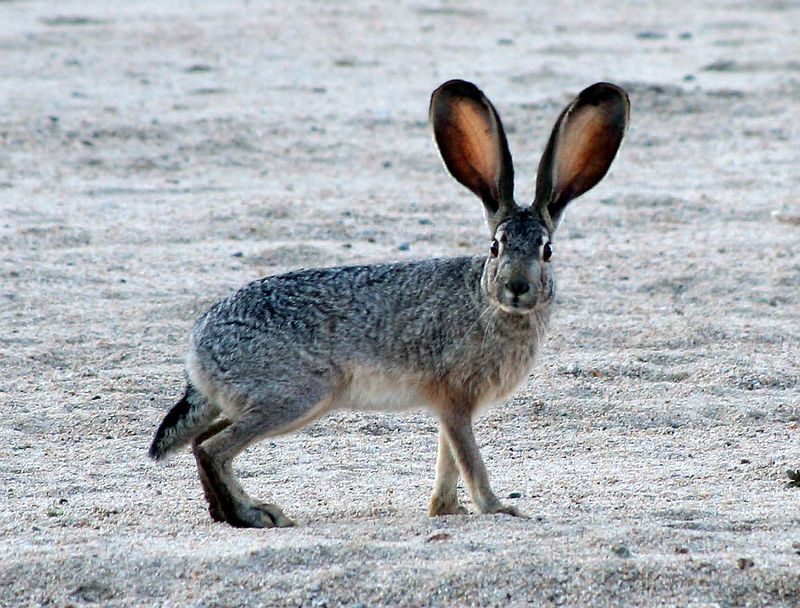
Not actually rabbits but hares, these desert speedsters can reach 45 mph in short bursts! Their enormous ears act as natural air conditioners, releasing body heat in the scorching desert.
Endemic to volcanic islands in the Sea of Cortez, their entire population exists on just five square miles of habitat, threatened by introduced predators and climate change.
11. Axolotls
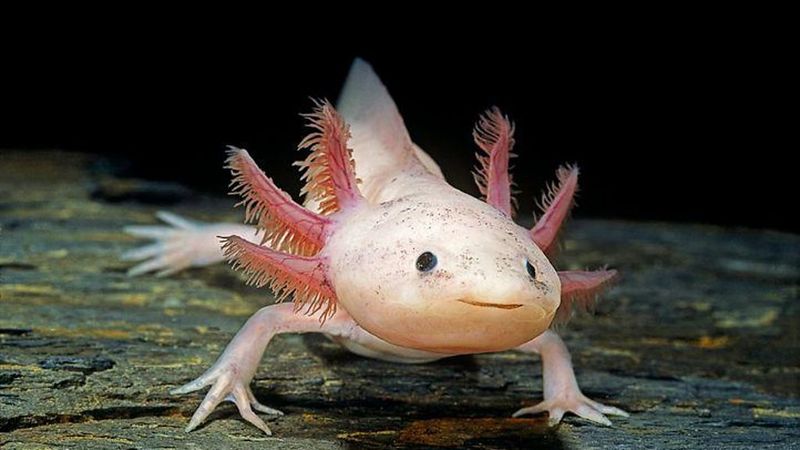
Smiling water dragons that never grow up! These salamanders remain in their juvenile form forever, keeping their feathery external gills throughout life.
Native only to Mexico City’s ancient lake system, wild axolotls are nearly extinct. Fewer than 1,000 remain in the wild, their habitat reduced to a few polluted canals in Xochimilco.
12. Military Macaws
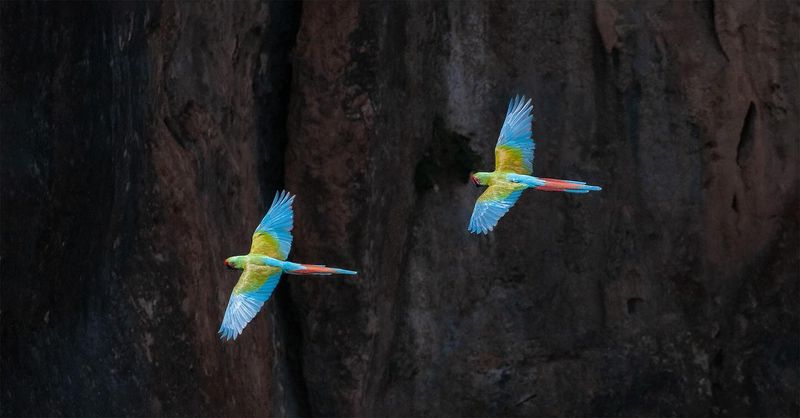
Emerald-winged acrobats that perform spectacular aerial ballets between canyon walls! Their raucous calls echo through limestone cliffs where they nest in precarious crevices.
Unlike their rainforest cousins, these macaws thrive in Mexico’s semi-arid mountains. Chicks are poached for illegal pet trade, while mining operations destroy their limited nesting sites.
13. Mexican Beaded Lizards
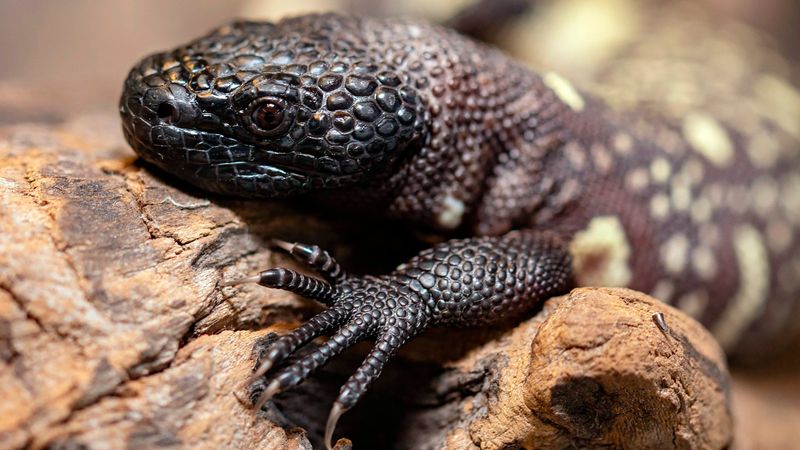
Decorated like living Huichol art, these relatives of Gila monsters sport intricate bead-like scales in patterns of black and yellow. Their slow metabolism means they need to eat just four times yearly!
Among the world’s few venomous lizards, they’re increasingly rare in Mexico’s dry forests. Habitat loss and persecution based on superstition threaten their survival.
14. Sierra Madre Sparrows
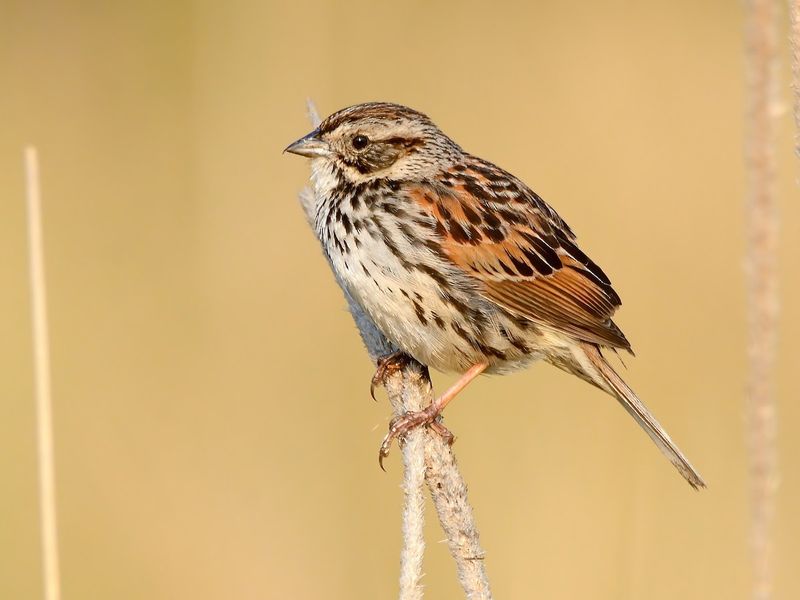
Tiny brown birds with voices that fill mountain meadows with complex melodies. Despite their modest appearance, their songs are among the most intricate in the bird world.
Found nowhere else on Earth except two small regions in Mexico’s mountains. Agricultural burning and cattle grazing destroy the bunch grasses they depend on for nesting.
15. Gulf Coast Jaguarundis
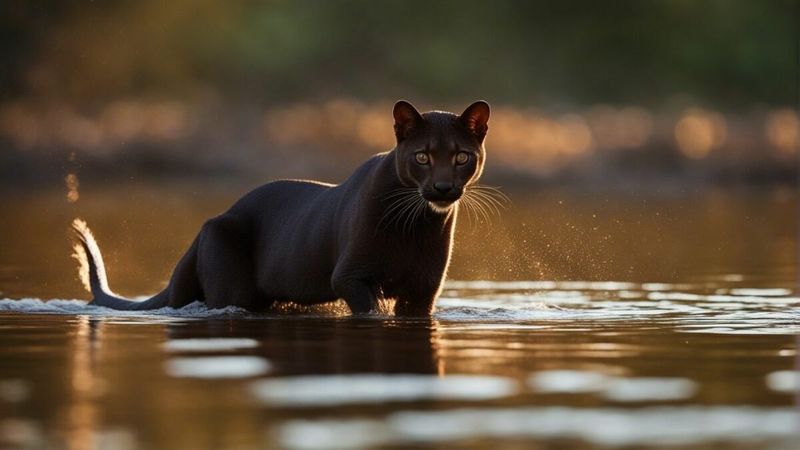
Not quite a cat, not quite a weasel – these strange felines resemble otters with elongated bodies and flattened heads. Unlike most cats, they’re active during daylight hours, hunting birds and small mammals.
Their rusty-red coats blend perfectly with fallen leaves on the forest floor. Coastal development has fragmented their habitat, with fewer than 500 remaining in Mexico.
16. Margays
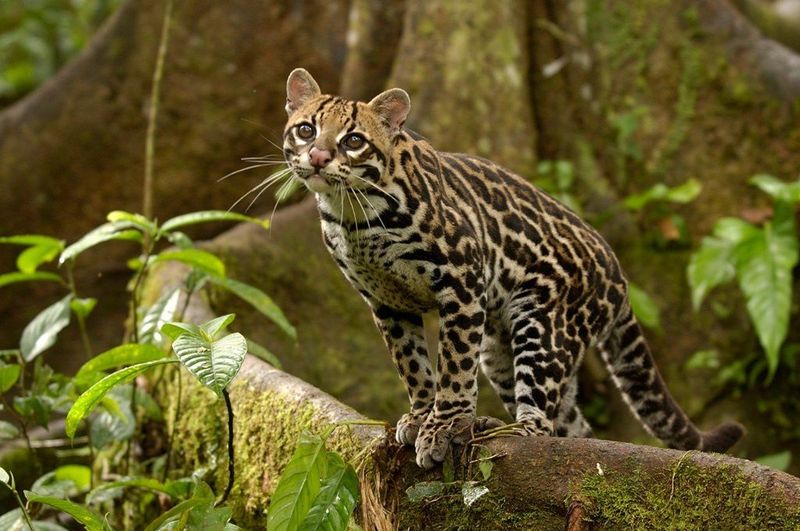
Ankle-rotating acrobats that can climb down trees headfirst! These small spotted cats have proportionally larger eyes than any other feline, allowing them to hunt in near-total darkness.
Masters of mimicry, they’ve been documented imitating monkey calls to lure curious primates within pouncing range. Deforestation has eliminated 90% of their Mexican cloud forest habitat.

